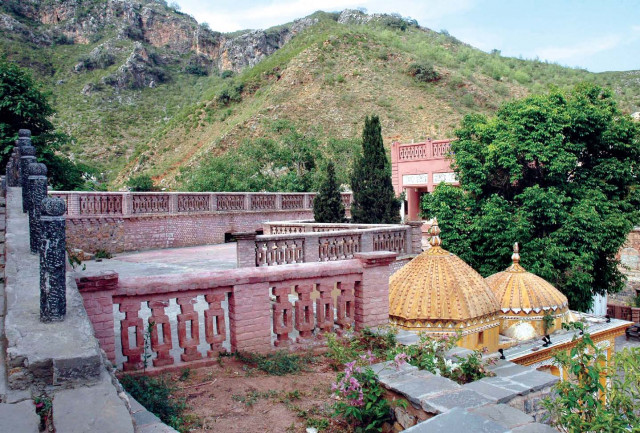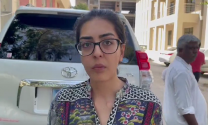Saidpur locals hold a grudge
Masked by the exterior beauty of the architecture, resides the discontentment of the villagers.

Saidpur locals hold a grudge
Traditionally known for its pottery, Saidpur has now become a major tourist attraction.
The cobbled mud houses alongside the stream give the visitors an enlightening feel of village life. The restaurant Des Pardes has added to the cultural appeal of the village, serving traditional food and hookah.
However, masked by the exterior beauty of the architecture, resides the discontentment of the villagers.
The commercialisation of a 500-year-old village has not done much to improve the lives of the original residents.
Although monetary compensation has been paid to the residents by the Capital Development Authority (CDA) for the alleged inconvenience they have had to face, the remodelling of Saidpur has caused far more discomfort than governmental agencies had predicted.
Loud music wafting through the village at night has disrupted life. The inhabitants said they cannot recite the Quran or offer prayers at night because of the constant music playing.
Due to the influx of tourists, the villagers who own cars are unable to find space to park them.
Mazhar Hussain, a local resident and a shop owner, passionately retaliated, “We are Muslims living here and we cannot offer our prayers. Our children are unable to study at night because the music plays from dusk into the wee hours of the night.”
One would expect that with a huge establishment next door, the residents would have an easier time finding jobs or enjoy some extra sales.
However, the sales of local vendors have not improved and employment is not awarded to locals.
“They do not use our produce, let alone allow us to open up our shops in the new establishment. Our services are sought only in case of emergencies,” Hussain went on.
The CDA brought in their own construction workers, according to villagers, and, even though the settlement has enhanced their surroundings aesthetically, it has done nothing to help them economically.
Sawjun Nisa, a mother of three who has been living in Saidpur for the past 20 years, voiced concerns about moral evils that have penetrated the walls of the village and are corrupting their children.
“We do not mind if people come out here to enjoy, but there have been incidents where boys and girls have been found being intimate with each other and this is something we can not allow,” she said.
Having two school-going daughters, she feels the liberal environment might corrupt her girls.
Most of the entrances into the main village have been blocked, leaving one main artery open at all times and locals too must use that single entrance. Women feel relatively insecure and their sons or husbands have to escort them if they have to cross the main parking lot.
Many villagers have raised concerns about safety. They feel that, as the reconstructed site draws in more people, the threat of bomb blasts and other casualties might increase as well.
The development of Saidpur has come at a price. Though it adds to the beauty, art and culture of Islamabad, it is also home to some repressed feelings harboured in the hearts of its actual residents, who have not only lost a bit of their land to commercial activities but have also lost some of the peace they once enjoyed.
Published in The Express Tribune, August 29th, 2010.



















COMMENTS
Comments are moderated and generally will be posted if they are on-topic and not abusive.
For more information, please see our Comments FAQ